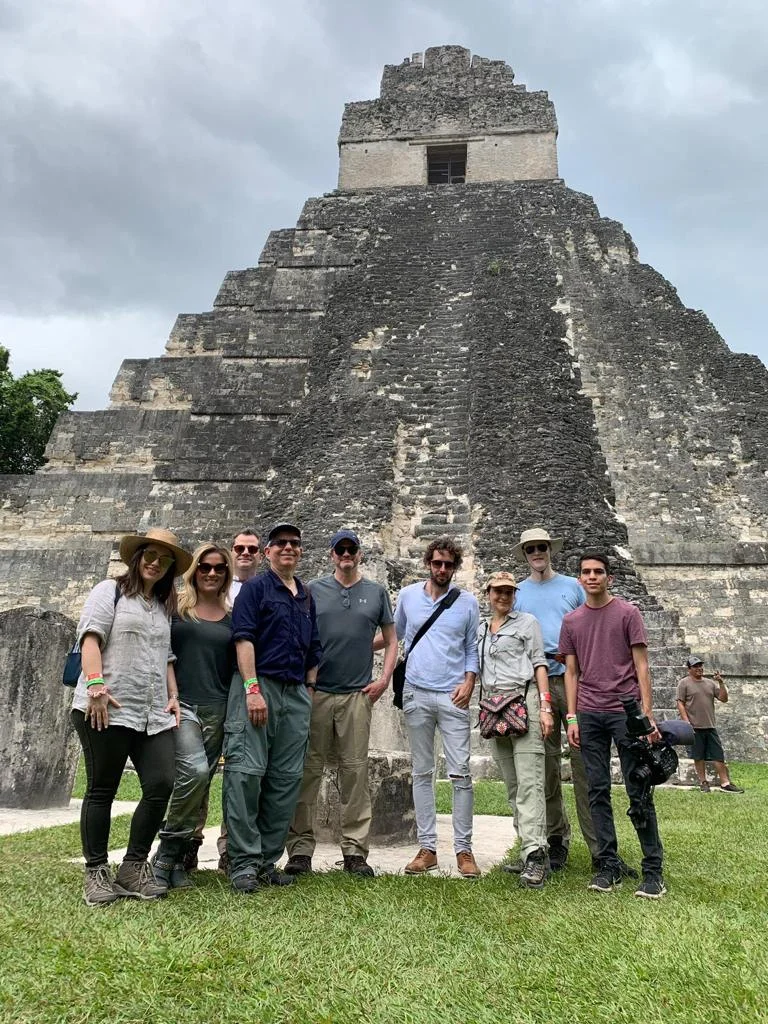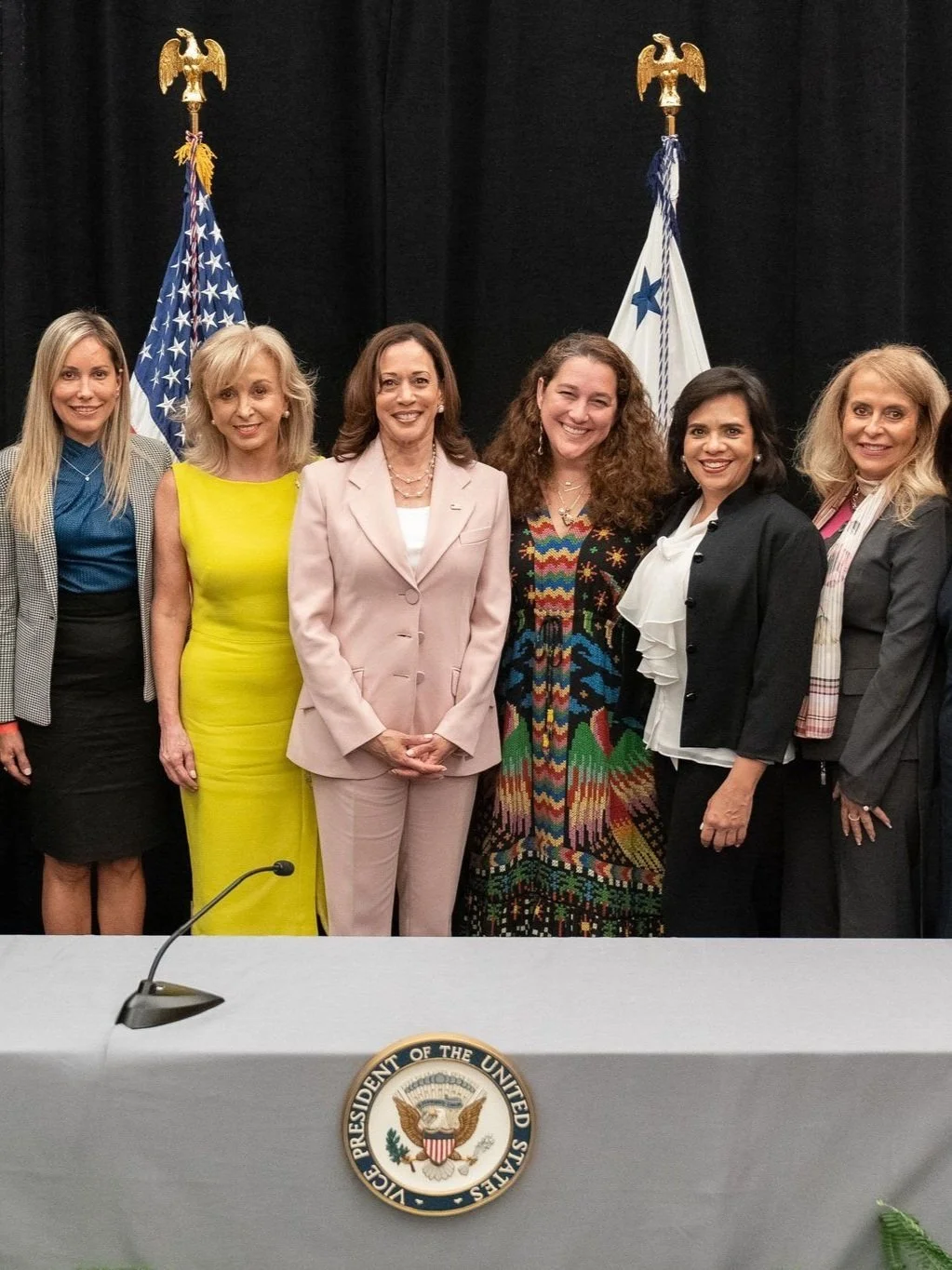Carmen on Day 1 of the PACUNAM experience in Tikal, Guatemala.
Carmen has returned to Guatemala with Pacunam, the Foundation for Maya Cultural and Natural Heritage, following January’s trip. This time, Pacunam, and President Marianne Hernandez, have organized a more archaeologically focused excursion for its donors and board members, in a trip to key sites within the Maya Biosphere Reserve. Day 1 kicked off with Tikal, the greatest ancient Maya city ever built. During the heyday of Classic Maya Civilization, it was a powerful and influential capital, controlling vast stretches of territory and dominating smaller city-states.
To provide world-level expert context for the tour, the group had the honor of being accompanied by Brown University’s Stephen D. Houston, a living legend in the Maya archaeology community, and Chair of the Pacunam LiDAR Initiative’s Archaeological Committee.
Brown University’s Stephen D. Houston, the foremost figure within the Maya archaeology community. Photo: macfound.org
An American anthropologist, archaeologist, epigrapher and Mayanist scholar, Houston is particularly renowned for his research into the pre-Columbian Maya civilization of Mesoamerica. He is the author of a number of papers and books concerning topics such as the Maya script, the history, kingships and dynastic politics of the pre-Columbian Maya, and archaeological reports on several Maya sites, particularly, Dos Pilas and El Zotz.
Houston has spent decades researching the classic Maya civilization and has collaborated with many of his students and colleagues on projects and publications. He has led investigations at Piedras Negras, Kaminaljuyu and El Zotz, Guatemala. These projects have all resulted in new information on the ancient cultures of Mesoamerica.
In 2016, he helped lead a groundbreaking project funded by Pacunam that used cutting-edge laser technology to survey 2,100 square kilometers of Guatemalan forest by airplane, rewriting the understanding of Maya civilization in the process. Authorized by Guatemala’s Ministry of Sports and Culture, the project included more than 30 scientists and archaeologists from leading academic institutions worldwide.
The Maya city of Tikal was found to be just a fraction of a sprawling hidden metropolis.
"I think this is one of the greatest advances in over 150 years of Maya archaeology," Houston, has said to the BBC. He added that after decades of work in the archaeological field, he found the magnitude of the recent survey "breathtaking". He added, "I know it sounds hyperbolic but when I saw the [Lidar] imagery, it did bring tears to my eyes."
The group in Tikal, the greatest ancient Maya city ever built.
For Carmen, this trip broadened awareness about the multi-faceted aspect of conservation and preservation of culture. She says: “To borrow Stephen’s phrasing, everything about this venture into Tikal has been breathtaking - and I’m not just talking about the humidity! It’s been inspiring to see the impressive work that the Pacunam organization has led with this incredibly talented team of academics and scientists.”
RELATED READING:
The CFDA's Steven Kolb Recounts His Time In Guatemala
CoutureLab Coalition x Guatemala 2019
Guatemala Day II: Maya Biosphere Reserve















